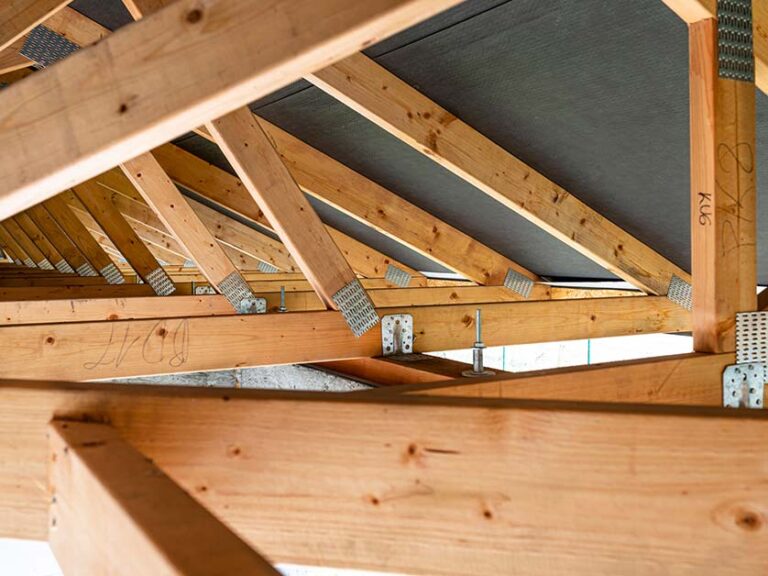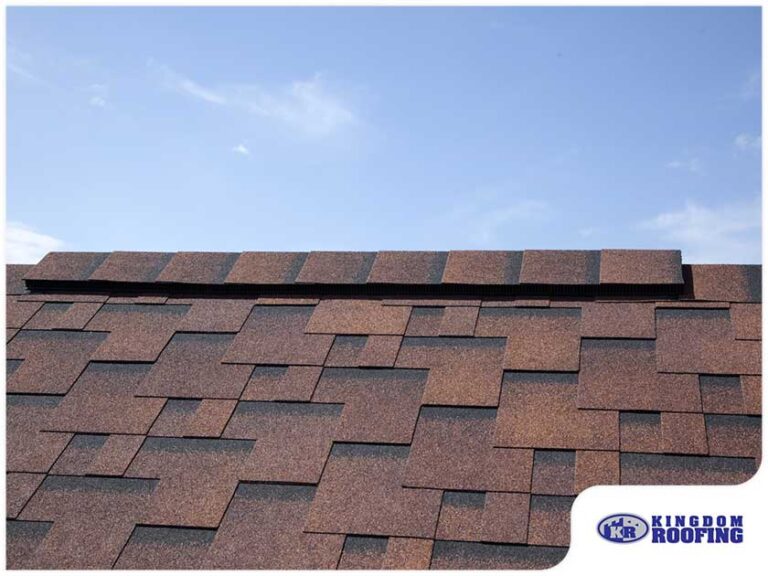As a homeowner, one of the most important things you should do is keep your roofing system in great shape. After all, it not only completes the look of your home’s exterior but also shelters you and your family from the weather. That’s why it is always a good thing to have homeowner’s insurance.
With the help of homeowner’s insurance, you can protect your home – including your roof – against expensive damage that may be out of your control. Often, this means in cases of emergencies or acts of nature such as hailstorms or rainfall. Homeowner’s insurance, fortunately, can help cover the cost of storm roof repair services.
Although many homeowners purchase insurance to protect their roofing system, they may not understand how it works. In today’s post, [company_name] helps you determine what your homeowner’s insurance does and does not cover.
Roof Damage an Insurance Policy Covers
Your insurance typically covers the entirety of your home’s structure, including your roofing system. If your roof suffers weather-related damage, your coverage will be determined by the age of your roof and the type of policy you hold. As such, if you require a roofing replacement after a tree falls on your roof during a severe storm, your dwelling coverage can help cover the cost, minus the deductible. In addition to that, if the contents of your home are also ruined, personal property coverage may cover the cost of repair or replacement.
Moreover, if the roof of your shed or detached garage is also damaged by the same storm, it can be covered by your homeowner’s insurance policy as well, as long as the damage is caused by a covered peril. As stated in your insurance policy, a peril is a cause of loss. The coverage can be provided on an “all perils” basis or a “named perils” basis. “All perils,” also known as “open perils,” will list what is excluded from the coverage, while “named perils” will list exactly what is covered by the policy.
This means that if your homeowner’s insurance policy has windstorm and hail exclusions, roof repair services for the damage caused by those said perils would not be covered. As such, it’s vital that you understand your policy to determine the inclusions and exclusions.
Roof Damage an Insurance Policy Doesn’t Cover
Most insurance companies regard the roofing system as one of the most important parts of a home. Roofs protect homes from various elements and prevent home insurance claims. However, if you have a damaged roof, you are likely going to have problems within your home that may lead to more claims. As a result, many insurers are strict with roof coverage, with some even refusing to cover homes with aging roofs.
When you adopt an insurance policy for your home, there is a binding agreement between you and your insurer. Your insurer expects you to prevent any negligence that may cause property damage. As such, you should take care of your roof and schedule regular roof inspections. During an inspection, a professional roofing contractor will examine your roof for any signs of damage. If the contractor notices any leaks, be sure to have them repaired as soon as possible. Small fixes may seem like a financial burden at the moment, but you may be left with a larger bill of repairs in the future if insurers find evidence of wear and tear.
It should be noted that roof damage caused by wear or tear will not be covered. Thus, if age or improper maintenance are the reasons for your leaking roof, your homeowner’s insurance will not pay for the repairs. In the event that your roof was not well-maintained before the storm, you may have trouble getting a full reimbursement.
Additionally, homeowner’s insurance cannot cover damage caused by floods or earthquakes, including roof damage. If you live in a region where the risk for these disasters is high, you should consider investing in disaster-specific insurance.
What Should You Do When Filing a Roof Insurance Claim?
Filing a roof insurance claim for the first time can be challenging. Here are some tips to remember if you’re planning to file a roof damage insurance claim after a severe storm:
-
Go over your insurance policy. The first thing to do is to review everything written in your policy, including the inclusions and exclusions. Check if roof damage is actually covered or if wind and hail damage is part of the exclusions.
-
Assess the damage. If you think the storm that hit your area resulted in significant roof damage, make sure to have it and the rest of your home inspected. You need to know the full scope of the damage before you contact your insurance company to file a claim.
-
Get an estimate. When getting an estimate from your roofing contractor, you should base it on what you had and not on how you want to change things. Don’t rely solely on your adjuster to determine the cost of your roof damage.
-
Keep a log of records. Filing a roof insurance claim should be easy, but there may be misunderstandings along the way. As such, you shouldn’t forget to keep a log of records from the start, including photos and videos, who you spoke to and when, and what they told you.
-
Don’t let your insurers take advantage of you. Some insurance companies may not have your best interest in mind when it comes to compensation for your roof damage. This is why you must hire a roofing contractor who not only can bring your roof to its pre-storm condition but also help you navigate the insurance claims process.
For top-quality roofing services, get in touch with the experienced team of roofers at [company_name]. We are happy to assist you with roofing replacement or repair. Call us today at (941) 217-2411 or fill out our contact form to request a free estimate.




